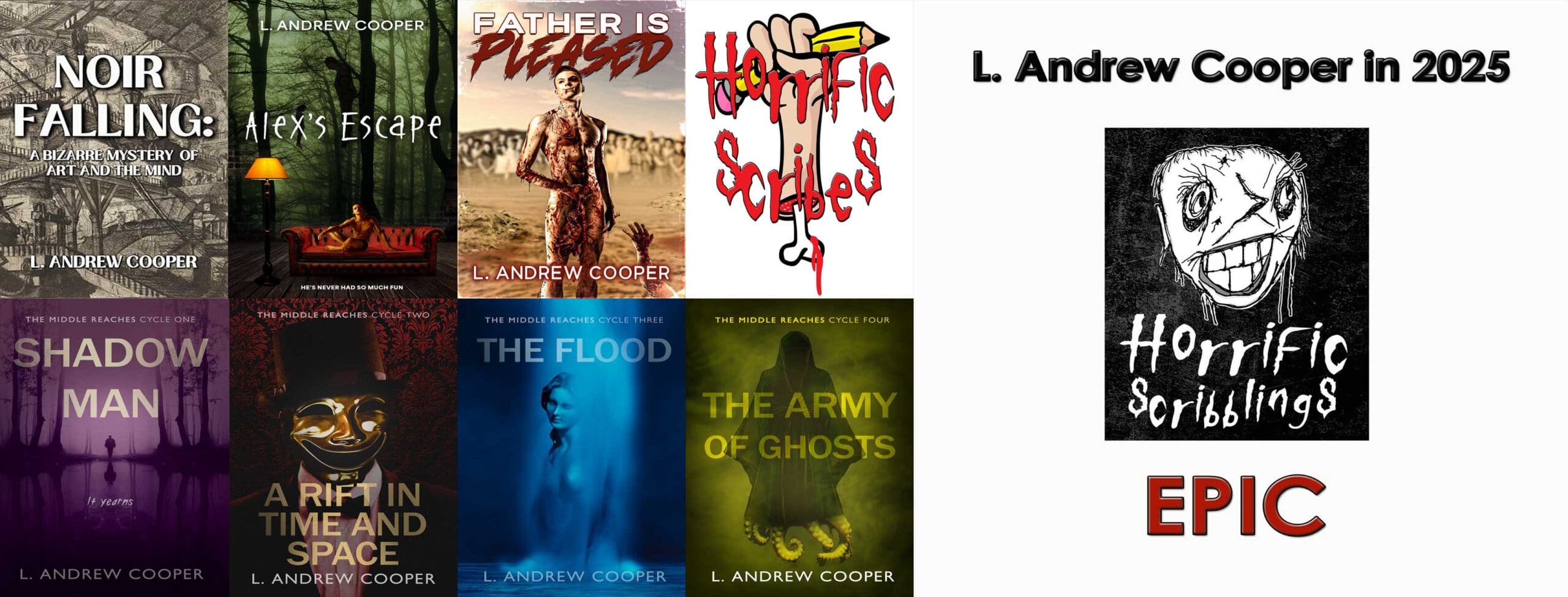Courses (Detailed)
A link to a date such as “Fall 2012” takes you to that semester’s syllabus for the course described where the link appears.
The University of Louisville
“Media and Psychoanalysis.” Spring 2015 [incomplete]
“The Global History of the Horror Film.” Fall 2014.
“Film Theory: Image, Reality, Perception.” Spring 2014.
“Approaches to Film Interpretation.” Fall 2013, Fall 2014.
“Film and Teen Sexuality.” Summer 2013.
“Film Adaptations and Remakes.” Spring 2013.
“Introduction to Film,” Fall 2011, Fall 2012. This course introduces terms and techniques in film analysis. Students explore films from multiple genres, periods, and cultural traditions while they write essays, analyze sequences of stills, and produce their own short films.
“Film and Culture: The American Horror Film since 1960,” Fall 2012. This course examines mainstream American horror films as reflections on history and cultural conflicts, including films by Hitchcock, Wise, Craven, Carpenter, and others.
“The International Horror Film,” Summer 2012. Focusing on the “extreme” turn in Europe and Asia, this graduate-level course considers recent films alongside the aesthetic philosophy of Burke, Kant, DeQuincey, Freud, Bataille, Kristeva, Deleuze, and others.
“Survey of Film and Culture: ‘The’ Canon,” Spring 2012. Spring 2013. Spring 2014. Spring 2015 [incomplete]. This course surveys and problematizes “the” film canon, studying works by Griffith, Murnau, Eisenstein, Welles, Hitchcock, Fellini, Godard, Truffaut, Kurosawa, et al.
“Special Topics in Film: Film Theory,” Spring 2012. Selecting works from diverse historical and philosophical movements and pairing them with representative films, this course provides a foundation in critical theory.
“Film and Culture: The Cult Horror Film,” Fall 2011. Fall 2013. Focusing on international horror films with established cult followings, students apply theories of genre and cult to gain perspective on film’s (counter)cultural impact.
The Georgia Institute of Technology
“Film and Television: Mapping Monstrosity in American Culture,” Summer 2011. Surveying classic monster movies alongside contemporary remakes and reimaginings, this course teaches media analysis with an emphasis on historical and cultural contexts.
“Composition II: The Double, Duplicitous Discourse in Literary Fiction and Popular Film,” Spring 2011. This course teaches multimodal communication and research through study of fiction and films, including Confessions of a Justified Sinner, The Stepford Wives, and Grindhouse.
“Dario Argento in Context,” Fall 2010. This upper-level, communication-intensive film course examines the major works of horror maestro Dario Argento alongside works by Hitchcock, De Sica, Fellini, and others.
“Composition II: Military Hierarchies, Covert Intelligence, and Psychological Warfare,” Spring 2010. Linked to a course on Naval History, this course teaches multimodal communication and research for students in an NROTC program.
“Introduction to Film,” Summer 2009, Fall 2009. [see description above]
“Technical Communication for Pre-Health Students,” Spring 2009. This course focuses on communication strategies for entering and succeeding in a health profession, emphasizing graduate admissions, on-the-job communication, and ethics.
“Composition II: Monsters of Technology,” Fall 2008. This course teaches multimodal communication and research through a study of horror fiction and films, including Them!, The Fly, Ringu, and The Thing.
“Gender, Sexuality, and Politics in the Contemporary Horror Film,” Summer 2008. This course surveys contemporary horror films from a cultural studies perspective, including Halloween, A Nightmare on Elm Street, Suspiria, Candyman, Audition, and Saw.
“Technical Communication for Management Students,” Spring 2008. This course focuses on management communication through a simulated business that involves researching, designing, and marketing a survival guide to life after college.
“Technical Communication Practices,” Fall 2006, Spring 2007, Fall 2007. This course introduces the principles of professional communication, including document and web design, oral presentation, and collaboration.
“Composition I: Arguments and Mediated Violence,” Fall 2005, Summer 2006. This course teaches multimodal communication through a study of debates surrounding the social impact of violent television, film, video games, and other media.
“Composition II: Gothic Fictions: Technologies of Terror,” Spring 2006. This course teaches multimodal communication and research through a study of literary and film versions of Frankenstein, Dr. Jekyll and Mr. Hyde, and Dracula.
Cerritos College
“Composition, Literature, and Film,” Summer 2005. This course teaches advanced writing techniques through a survey of poetry, fiction, and film, including works by and adaptations of Shakespeare, Poe, and Wilde.
“Introduction to Composition,” Fall 2004, Spring 2005. This course teaches written communication through a study of non-fictional essays, fiction, and film, including literary and film versions of Frankenstein and Lolita.
“Introduction to College Writing,” Spring 2005. This course teaches developmental writing through a study of non-fictional essays, fiction, and film, including Dr. Jekyll and Mr. Hyde and Donnie Darko.
Princeton University
“The Gothic,” designed and taught with Prof. Claudia Johnson, Fall 2002. This course surveys Gothic fiction and related films; novels include The Castle of Otranto, A Sicilian Romance, and The Monk; films include The Hunger and Fight Club.
“Jane Austen in Context,” taught with Prof. Claudia Johnson, Spring 2002. This course surveys all of Austen’s major works as well as related films, including Pride and Prejudice, Sense and Sensibility, Emma, and Clueless.
